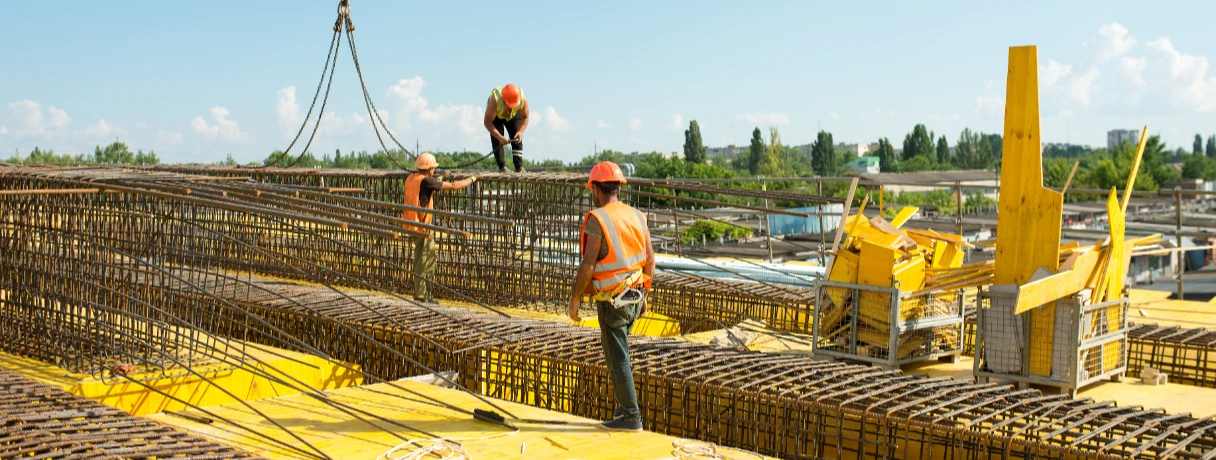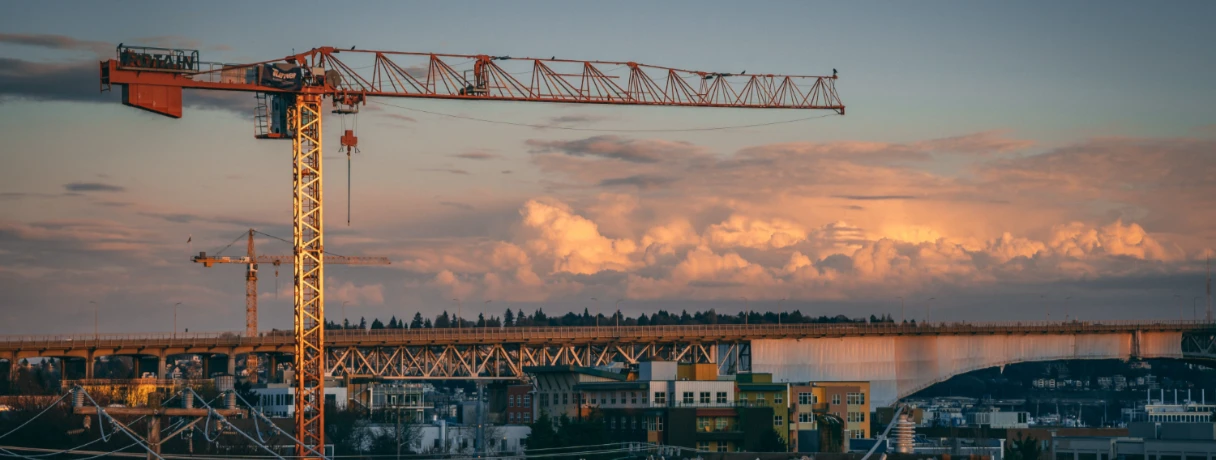Picture this: a project team gathers around a polished set of drawings, confident the hard part is behind them. Weeks later, costs balloon, schedules slip, and frustration sets in—not because of poor execution, but because critical issues were never addressed before the first shovel touched the ground. This is the reality of pre-construction planning—the phase that determines whether a project runs smoothly or unravels under pressure. Yet, despite its importance, pre-construction planning is often where the biggest mistakes are made.
In this blog, we’ll walk you through six of the most common preconstruction challenges teams face during the pre-construction phase-and how to overcome them before they turn into costly setbacks
Challenges encountered during Pre-construction Planning
1. Incomplete or Inaccurate Project Scope
One of the biggest hurdles in preconstruction planning is starting with an unclear scope. When construction project scope definitions aren’t fully defined, estimators and engineers are left to make assumptions. This often results in missed items and even rework later in the process.
How to Overcome It:
- Collaborate early with all stakeholders to clarify the project’s goals and expectations.
- Use detailed checklists during the planning phase to ensure nothing is overlooked.
- Document decisions and maintain a single source of truth that everyone can access.
- Implement a standardized pre-construction checklist to ensure all scope elements are captured and validated.
When the scope is clearly defined from the beginning, estimates are more accurate, schedules are realistic, and the risk of disputes decreases significantly.

2. Budget & cost overruns
Even before construction begins, budget uncertainty can cause stress. Without complete drawings or specifications, estimates often shift—highlighting the need for AI-based construction estimating software to improve accuracy.
Unforeseen costs—like price hikes in materials, unexpected site conditions, or changes in labor rates—only add to the problem in preconstruction planning. A poorly prepared budget can derail financing, delay approvals, and cause major setbacks mid-project.
How to Overcome It:
- Conduct thorough quantity takeoffs based on the most updated designs.
- Include contingencies in the budget to account for unforeseen expenses.
- Regularly update budgets as designs evolve, rather than waiting until the end.
By treating the budget as a living document instead of a one-time exercise, stakeholders can better adapt to changes and keep financial surprises to a minimum.
3. Communication breakdown among stakeholders
Without a centralized system, pre-construction meetings often suffer from miscommunication and decision delays.
For example, an architect may assume the contractor understands the design intent, but the contractor may interpret it differently. If this discrepancy isn’t caught early, it can result in change orders, delays, or rework during execution.
How to Overcome It:
- Establish a central communication platform where updates, drawings, and revisions are shared in real time.
- Schedule regular coordination meetings during pre-construction to align on progress and address concerns.
- Assign clear roles and responsibilities so there’s no confusion about who owns which decision.
Good communication during pre-construction not only avoids misunderstandings but also fosters collaboration and trust between parties.
4. Scheduling conflicts and unrealistic timelines
Owners often want projects completed faster, but aggressive schedules in the preconstruction planning phase can set unrealistic expectations. Additionally, scheduling conflicts among subcontractors, permitting authorities, or material suppliers can disrupt even the best-laid plans.
How to Overcome It:
- Develop schedules based on realistic productivity rates and resource availability.
- Build buffers into the timeline to account for unexpected delays, such as weather or permitting issues.
- Use collaborative scheduling tools so all stakeholders can see dependencies and constraints.
A well-structured schedule should balance owner expectations with practical construction realities, ensuring deadlines are achievable without compromising quality.
5. Risk Identification and Management
Every construction project comes with risks—whether it’s market fluctuations, site conditions, design changes, or compliance challenges. Too often, risks are either underestimated or ignored in the pre-construction stage, only to surface later when the cost of mitigation is much higher.
For example, failing to conduct a proper soil investigation early on might lead to foundation redesign during construction, causing both delays and unplanned expenses.
How to Overcome It:
- Conduct thorough risk assessments during pre-construction, identifying potential issues early.
- Create a risk register that assigns responsibility for monitoring and mitigating each risk.
- Ensure adequate insurance coverage for project uncertainties.
By proactively addressing risks, project teams can minimize surprises and navigate challenges more smoothly.
6. Permitting and regulatory challenges
Delays in the construction permitting process can halt progress, making early engagement with authorities essential. Regulatory processes can be slow and complex, especially when projects span multiple jurisdictions or involve unique design elements.
Failure to account for these hurdles early can result in last-minute design changes or, worse, project stoppages.
How to Overcome It:
- Engage with permitting authorities early in the planning phase to understand requirements.
- Stay updated on local codes and regulations that may impact design or materials.
- Work with consultants who specialize in navigating complex approval processes.
- Build extra time into the schedule for permits and inspections to avoid surprises.
Proactive regulatory planning not only prevents delays but also ensures smoother execution once construction begins.
Conclusion
Pre-construction planning is one of the most critical stages of any project. It sets the tone for everything that follows and determines whether the project will run smoothly or struggle with delays and overruns.
The six challenges outlined—incomplete scope, budget uncertainty, poor communication, scheduling conflicts, unmanaged risks, and regulatory hurdles—are the most common stumbling blocks. But with early collaboration, clear documentation, realistic planning, and proactive risk management, these obstacles can be overcome.
At its core, pre-construction is about preparation. Investing the time and effort to get it right ensures that when the first shovel hits the ground, the path ahead is clear, efficient, and aligned with everyone’s expectations. For a comprehensive overview, see our Ultimate Guide to Preconstruction Planning.
With today’s AI-based takeoff software, creating and managing checklists is simple. When you remove manual bottlenecks, standardize your process, and use AI-based tools like Beam AI, you unlock faster bidding, higher accuracy, and more competitive wins.
With Beam AI, you can:
- Save 90% of takeoff time
- Submit bids 2X faster
- Improve collaboration with real-time visibility and shared access
Book a personalized demo to see how Beam AI can transform your estimating workflow and help you win more projects, confidently.

.png)









.webp)


.webp)

